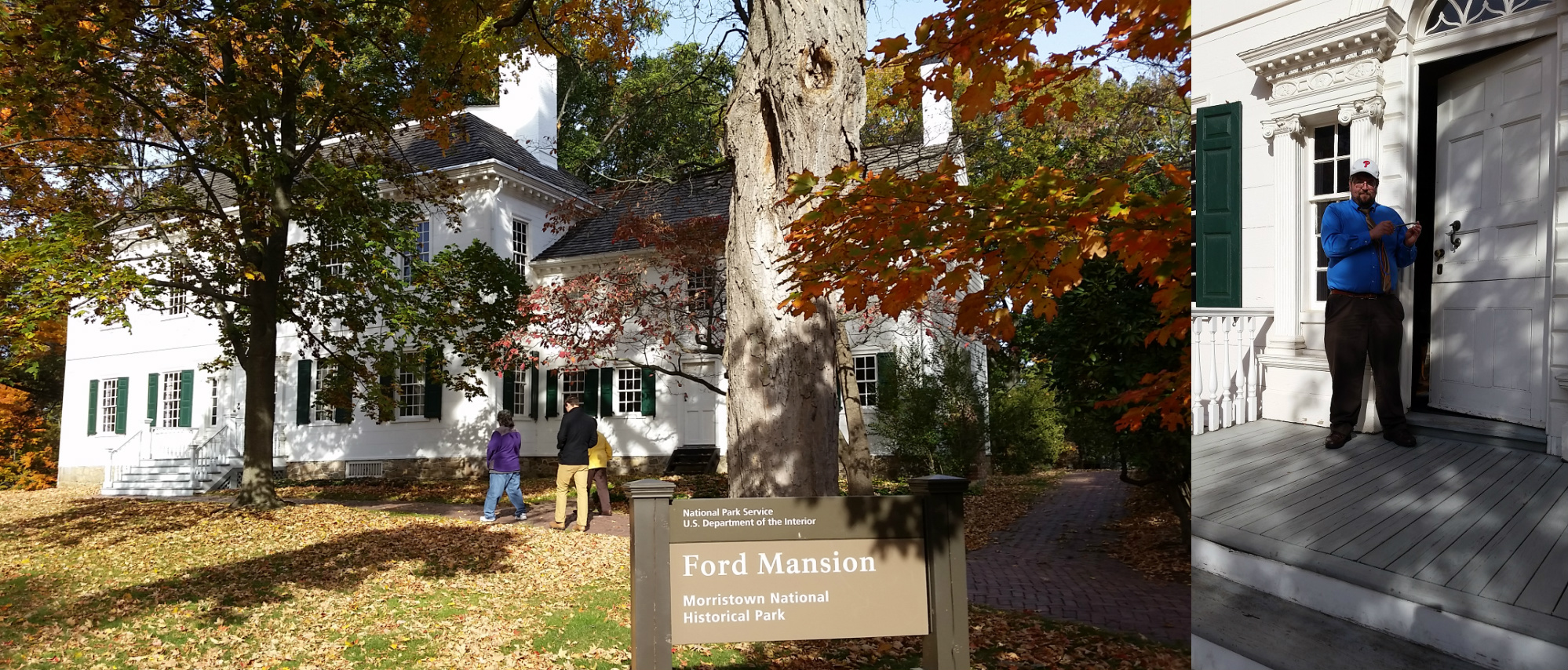
George Washington related public history has long been a cottage industry in the United States, from his birthplace in Virginia to the cities in which he stayed during the Revolution such as Valley Forge and Morristown, where I recently spent a day taking in the eighteenth century living history weekend displays of apple pressing and hops harvesting. My tour guide for the trip was Morristown native Steven Elliott, a park ranger and fellow student in the History PhD Program at Temple University, who himself has recently begun writing posts for The Junto: A Group Blog On Early American History. Our day started at the Washington Headquarters Museum, which houses exhibits on pamphlets that helped inspire the Revolution and weapons used to fight it, as well as a display on luxury goods, which Steve suggested was a nod to a book we’d read in class called The Marketplace of Revolution: How Consumer Politics Shaped American Independence. It was while at the museum that Steve mentioned Morristown was actually the first site in the nation to be labeled as a ‘National Historical Park,’ a distinction it garnered in the 1930s. The park also maintains a longstanding partnership with the Washington Association of New Jersey that helps to provide it with a steady stream of volunteer tour guides and fundraising avenues, as well as its own blog which is used to disseminate information about special events and changes coming to the site.

We left the museum in order to take the first guided tour of the day through the Ford Mansion, where Washington lived while wintering in Morristown, which sits directly across the street from a large equestrian statue of the general dating back to the 1920s. On the walk up to the mansion the volunteer guide told us that the Continental Army spent multiple winters in Morristown, starting in January 1777 just weeks after Washington’s Christmas Eve attack on the Hessian camp in Trenton. Entering the house requires an iron key that looks two hundred years old, which the guide allowed me to use after she saw my excitement. The dozen or so rooms within the house portray starkly different lifestyles during the war, from the bedroom the general shared with Martha and the stateroom out of which Washington’s staff ran the war effort to the tents that enabled enlisted soldiers to find some privacy while sharing a single room with several other men and the servants’ quarters which have considerably lower ceilings than the rest of the house. Indeed, the mansion tour we took seemed to emphasize the stark class distinctions that marked the colonial era and, as Steve informed me after, every tour of the mansion is designed to revolve around a single theme, such as the sacrifice made by all members of the army in order to survive the harsh conditions during one of the coldest winters in recorded history. After the tour we headed to Jockey Hollow, where most soldiers lived in Morristown, though we dropped by several sites on the way.

The first spot was the Morristown Green, a type of town center most often found in New England, which puzzled me until Steve said the city was founded by migrants from Massachusetts. The Green is home to a hundred-forty year old Civil War monument as well as a set of statues showing Washington conversing with Alexander Hamilton and the Marquis de Lafayette, and generally seems like a nice place to spend an hour. We didn’t linger long though, since Steve wanted to take me to Burnham Park to see the statue of Thomas Paine, a writer that helped inspire the Revolution through works such as Common Sense but who was largely forgotten throughout the nineteenth century due to his atheism. Not far from the Paine statue is Morristown’s Military Memorial, a marble marker noting every military engagement in which the United States fought from the Revolution through the first Persian Gulf War, including lesser known conflicts such as the 1832 attack on Sumatra, the first American intervention in Asia, and the 1871 amphibious assault against Korea. We also swung by the J. Robert Tracey Memorial Park, home to a dual monument to those who died in WWII and the Korean War. Our last stop on the way to Jockey Hollow was at another area of Morristown National Historical Park which few tourists visit but many locals seem to use as a rural retreat in the midst of an entirely urban area. Fort Nonsense sits on a hill above the city, only minutes from the bustle of downtown but seeming out of another century.

After leaving the Fort Nonsense site, we drove down the Jockey Hollow tour route, stopping to take pictures of markers for various states’ militias as well as a set of period cabins sitting on a hillside. Originally four cabins sat in a row in front of an officer’s building, though where one of the log structures once stood now only a chimney remains, the result of a fire several years ago. Our last stop of the day was the Wyck House, where largely forgotten Revolutionary Arthur St. Clair lived while in Morristown, which was the site of the living history weekend events that drew me to the park on that day and which included colonial era games as well as summer troop tents. The highlights for me, however, were two displays on historical beverages: a cider press using freshly fallen apples from an orchard sitting within sight of the event and an exhibit on how home harvested hops functioned in the beer-making process. While at Jockey Hollow we also ran into the park superintendent, who told me about changes coming to the site such as the forthcoming creation of an interactive Discovery History Center inside the museum. These modern adaptations of an older historical park are doubtless intended to drive up the number of yearly visitors in anticipation of competition from such sites as the Museum of the American Revolution, which are designed to tell the full story of the war from The Shot Heard Round The World to Yorktown.

